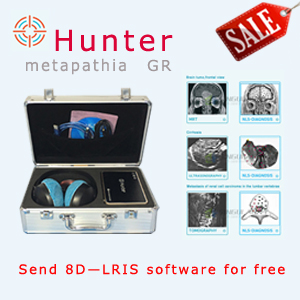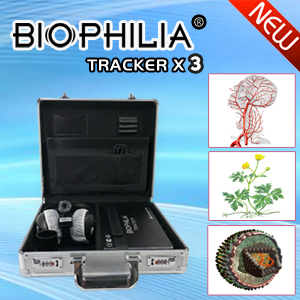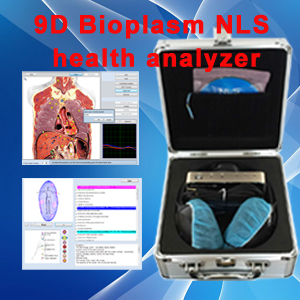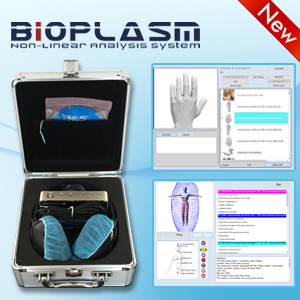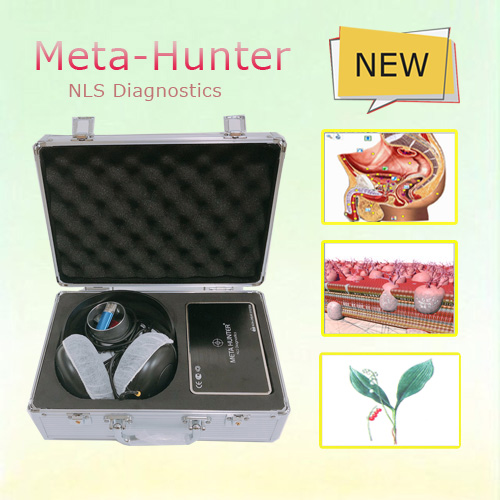Introduction of Biophilia intruder-scanning into medical practice
For the last few years significant changes in diagnostics of renal tumors have taken place.
Introduction of Biophilia intruder-scanning into medical practice as a screening-method of renal neoplasms detection has led to increasing of revealed “symptomless” patients, for whom diagnosing of renal tumor was completely unexpected. Epidemiology of renal tumor at the present moment is characterized by increasing of disease incidence, which is mainly related with improving of diagnostics. At the same time a number of patients with remote metastases of renal cancer has decreased from 25% to 5%. Number of patients examined due to manifestations of renal neoplasm (haematuria, pain in lumbar region, palpable mass in hypochondrium) has been constantly decreasing. Pathomorphism of a disease has happened – extrarenal symptoms are its typical signs, but above mentioned standard triple does not allow to set a diagnosis in proper time and is typical for late stage of blastomatous process.
The recent years were marked by introduction of three-dimensional (3D) computed NLS-graphy, in addition to common two-dimensional study. Computed modeling of spatial relations of various renal structures is carried out in by ultramicroscanning with spectral-entropic analysis (SEA) with three-dimensional reconstruction that allows to specify location of a neoplasm in relation to renal vessels and calices-pelvis system in various projections, to identify morphological structure of neoplasms by spectral similarity to etalon processes. Three-dimensional NLS-graphy allows to detect space-occupying mass in more than 95% of patients, to identify nature of an illness almost in 90% and to identify cancer stage in 80-85% of patients. Extensive diagnostic possibilities of mentioned methods were the reason to reconsider the importance of NLS-graphy for patients suffering from renal tumor. Supporters of this point of view emphasize lesser financial expenses because of decreasing of both examination time and time of patient’s stay in hospital before surgical intervention. When a tumor is revealed by common two-dimensional examination, three-dimensional computed NLS-ultramicroangiography is applied as the next step. The advantage is given to ultramicroangiography with three-dimensional reconstruction because of a possibility to get an image of vasculature by non-invasive method. If there is a suspicion for renal cancer growing into renal vein or inferior vena cava, NLS- ultramicroangiography is a method of choice as well. If character of a neoplasm is unknown, spectral-entropic analysis with following monitoring by needle biopsy of a kidney under NLS-guidance is applied. Morphological study of tumorous tissue and identification of tumorous cells differentiation stage using spectral-entropic analysis prior to surgical intervention is one of the criteria for choosing of organ-removing or organ-preserving surgery. Results of SEA were confirmed by needle biopsy findings in majority of cases (97.3%).
This article is provide from [Bioplasm nls],please indicate the source address reprinted:http://www.bioplasm-nls.com/nls_knowledge/Introduction_of_Biophilia_intruder_scanning_into_medical_practice.html


